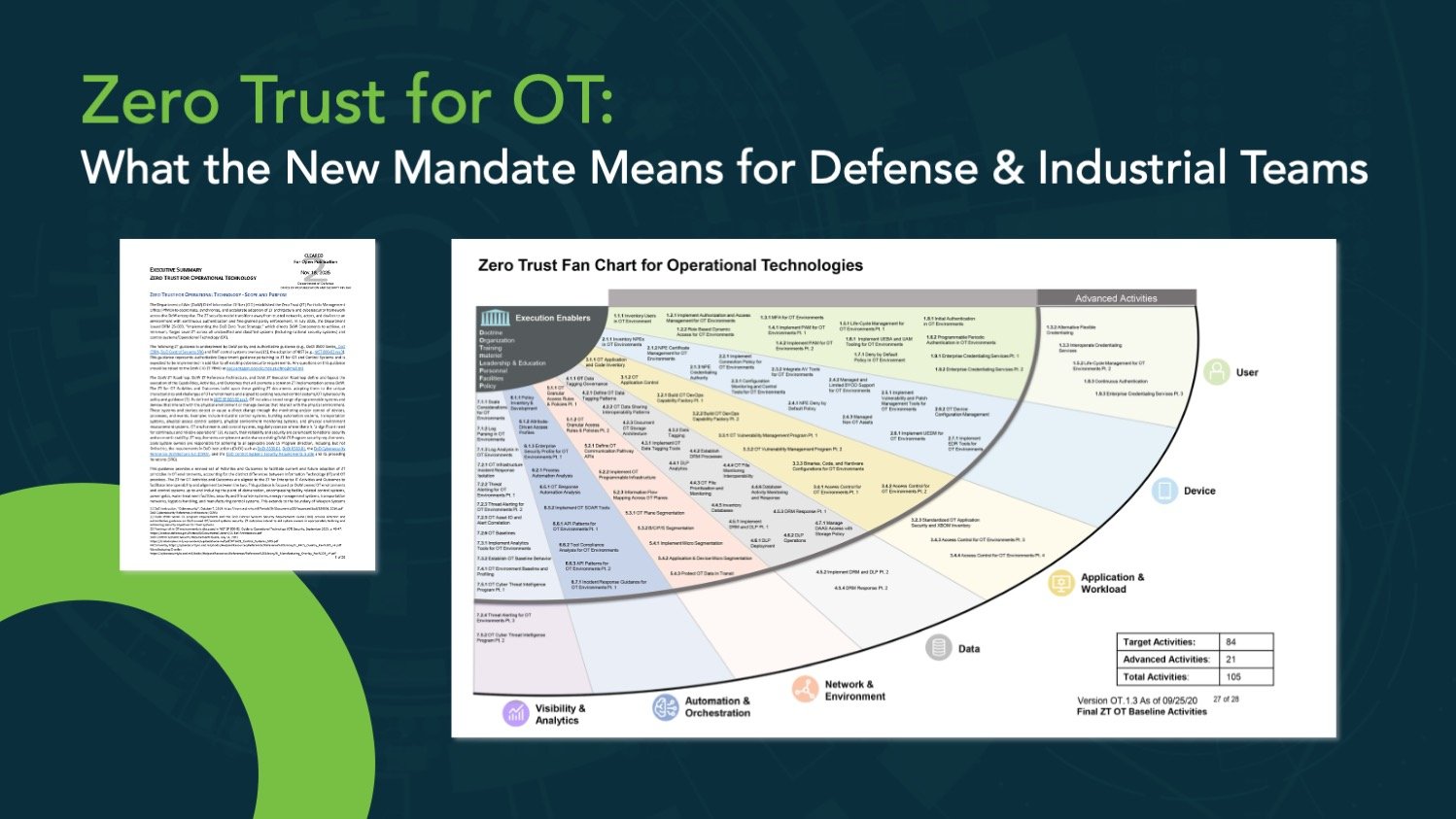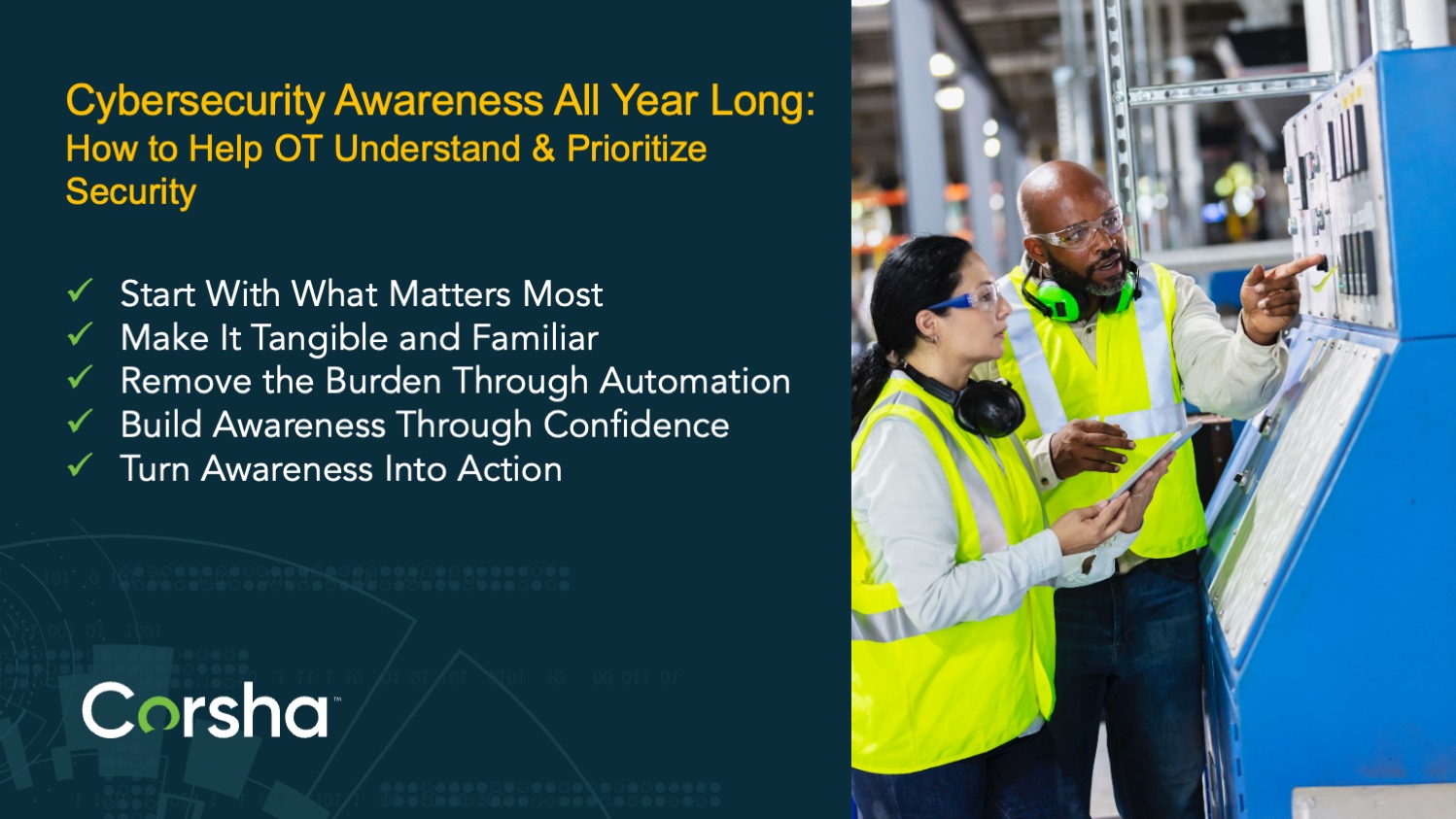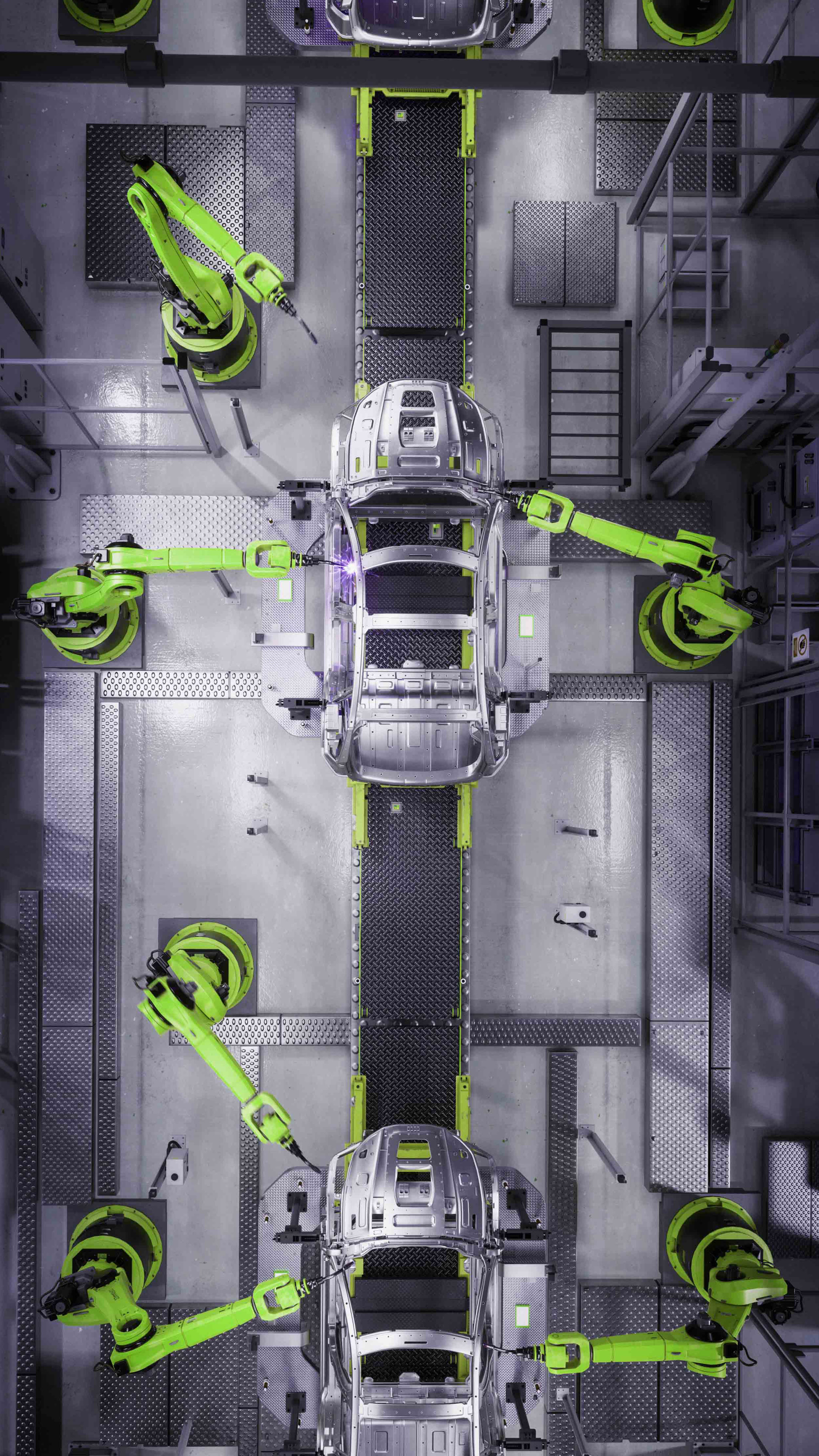The recent discovery of a vulnerability in Siemens programmable logic controllers (PLCs) has sparked concerns about the security of these systems. Siemens PLCs, a cornerstone in industrial automation and critical infrastructure, have been widely used for years, supporting the operations of power plants, manufacturing facilities, and other crucial systems.
Many Siemens PLCs are now exposed to cybersecurity threats due to a vulnerability (CVE-2022-38465). This flaw could potentially lead to the extraction and exposure of the global private encryption keys for certain industrial devices. Security researchers identified this vulnerability in Siemens' SIMATIC S7-1500 PLCs, demonstrating attacks that could compromise protected communications and configurations. This vulnerability allows attackers to execute commands on physical devices or manipulate sensor readings.
Furthermore, architectural vulnerabilities within the same PLCs were discovered through Red Balloon Security (CVE-2022-38773). This revelation uncovered over 100 models of the S7-1500 PLCs with a design flaw that poses significant security risks.
While Siemens has diligently worked to address these security concerns, the design of the devices poses challenges, and in 2023, Siemens announced that the only viable solution is full instrument replacement due to the inherent design flaws.
This blog series aims to shed light on not only Siemens but also similar issues faced by other prominent players in the IoT and OT product space, such as Rockwell and Philips. It encourages a discussion on strategies to address "uncorrectable" vulnerabilities and explores potential architectural changes to OT networks to render such vulnerabilities irrelevant.
Fitting a New Model in an Old World
Traditional cybersecurity approaches prove inadequate when applied to Operational Technology (OT). The longevity of these systems, running for a decade or more, highlights the need for a different approach. Attempting to overlay IT controls on OT technology leads to disruptions, friction, and outages. The prevalent vulnerabilities in the wild emphasize the urgency for a creative rethink on OT network security.
The analogy of an architect building a house illustrates the importance of considering the environment. While architects can use the same floor plans, the choice of materials, methods, risks, and countermeasures depends on whether the home is in a desert or a jungle. OT engineers face similar decisions, selecting building materials that resist specific environmental threats. This necessitates a different approach to OT requirements, considering the unique operational demands, materials, and environmental threats that differ from traditional IT networks.
In our next post, we'll unpack solutions which call for a paradigm shift in designing OT networks, recognizing the need for unique defenses and a thoughtful, environment-specific approach to cybersecurity. Stay tuned!


